Today’s higher education institutions are faced with a myriad of operational complexities in the pursuit of academic excellence. Staffing, student well-being, maintenance, sustainability, and operations management challenges have only been amplified by the pandemic, decreasing enrollments, aging infrastructure, and funding constraints. The operating environment of educational facilities has undoubtably become more stressful.

Reliable storm shelters must include the engineering necessary to ensure safety, comply with required guidelines and create comfort during emergencies.
Today’s K–12 leaders are tasked with everything from adhering to rigorous academic standards to implementing operational procedures to building healthy school communities, and for many, sustainability unintentionally falls to the bottom of the priority list. Further, the cost of taking on green initiatives is on the rise, making it even more of a challenge for financially strapped school districts to meet sustainability expectations and commitments.
Summer is flying by, which means a new school year is around the corner. As students begin to fill the hallways, so does an inevitable influx of germs and illnesses. A successful school year starts with creating a safe and healthy environment to welcome students back. Prepare your building for a new school year with these hygiene and cleaning recommendations.
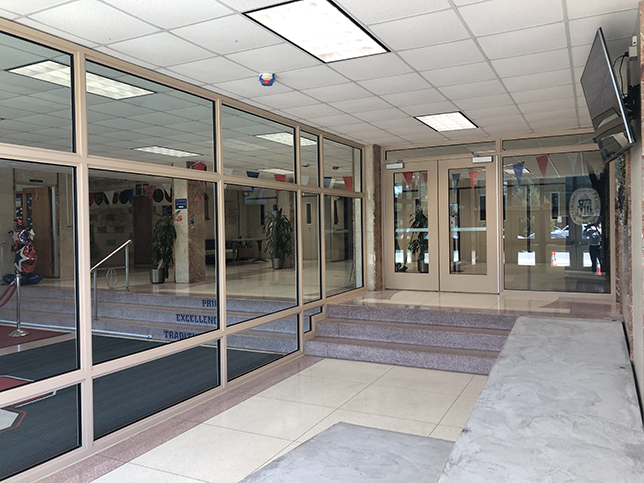
Ballistically protecting a school can be a daunting and complicated task. Focusing on practical best practices streamlines the process and makes your efforts more effective.
With the start of a new school year, the health & wellness of students, teachers, and school district employees has become—more than ever—a top priority and concern.
NC State University One Card offices face tough challenges trying to serve tens of thousands of students, faculty and staff. Every person needs an ID card to access various aspects of campus life, from entering residence halls and other buildings to linking to debit accounts and proving student status to participate in university activities. One Card office challenges include improving printer efficiency, reducing card waste, and eliminating the hassles of having to visit one central location to pick up cards.
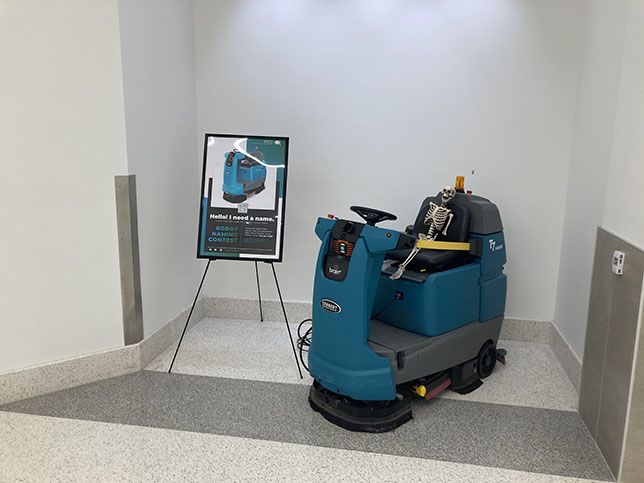
Autonomous Mobile Robots (AMR) are the future; Isaac Asimov and the rest of classic sci-fi have been telling us this for decades.
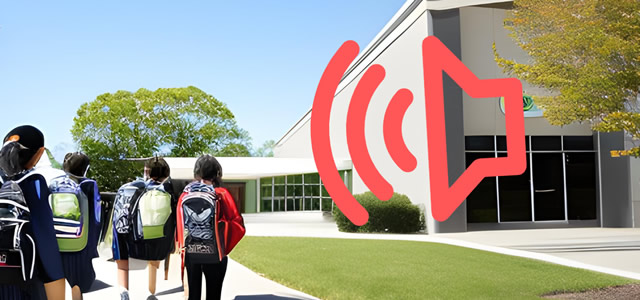
How can audio from intercoms and IP speakers play a role with perimeter security?

The client was Grover Cleveland Charter High School, part of the Los Angeles Unified School District in Los Angeles, Calif. The challenge, modernizing a 1960s-era, single-story school to double its square footage to accommodate additional students and to follow biophilic design goals that would benefit students and foster collaboration and social interaction.
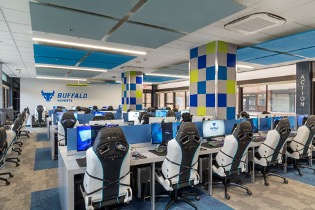
Schools across the country and world are incorporating esports or competitive videogaming into their curriculum—even offering full and partial scholarships—to meet the growing popularity and demand of virtual sports.
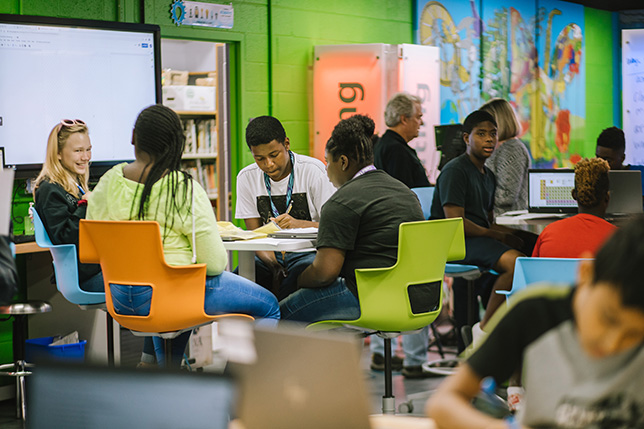
What if you could apply crucial STEAM concepts in a way that engages students like never before?

Generation Alpha is the class of digital natives born after 2010—currently learning, exploring, and growing in PK–12 environments. What makes them different than past generations of learners? Technology has been ingrained into them as part of their childhoods.

The importance of HVAC units in schools was brought to the forefront when the COVID-19 pandemic struck in the early parts of 2020. The federal government also took notice as they issued approximately $190 billion in COVID relief funds through the Elementary and Secondary School Emergency Relief Fund (ESSER).

Communication is the lifeblood of any emergency response. Whatever events are happening and whatever your response is, the information must be communicated to the appropriate people.
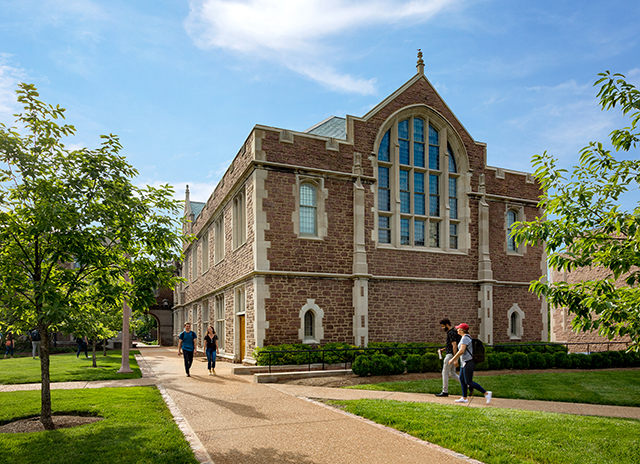
Constructed in 1922 to house the School of Law, January Hall is a three-story granite and limestone building that helped shape the identity of the Danforth Campus at Washington University in St. Louis. While iconic, it was inefficient and did not meet the university’s accessibility or sustainability standards.

The Francis Tuttle Technology Center, one of the premier career training schools in Oklahoma, enlisted architecture and design firm Bockus Payne in the creation of the Francis Tuttle Danforth Campus in Edmond, Okla.

The school district of Clayton High School prides itself on a commitment to a rich, rigorous academic culture, and wanted to offer its students a state-of-the-art library that reflected those priorities. The question was: What does a 21st-century teenager want out of a library these days, anyway?
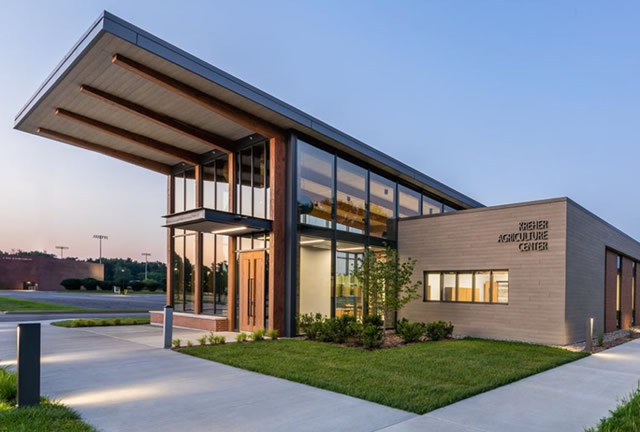
Grand Prize 2021 Education Design Showcase

Grand Prize 2021 Education Design Showcase